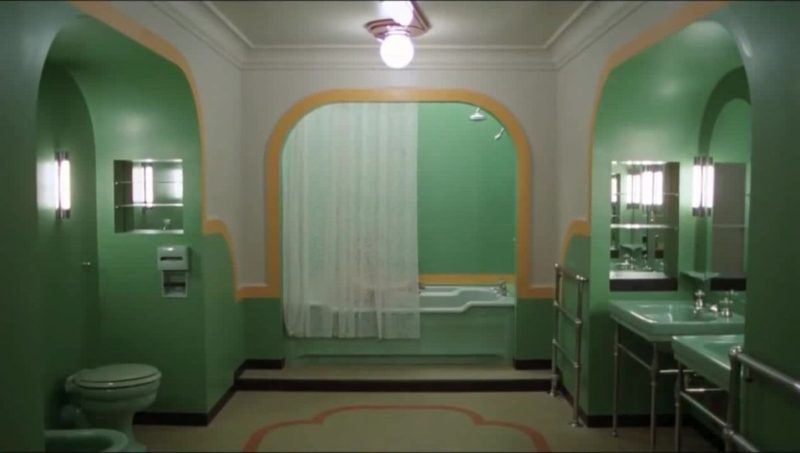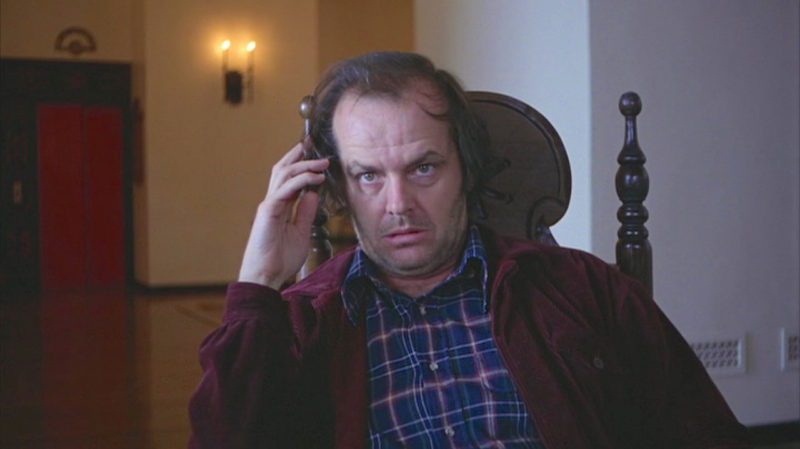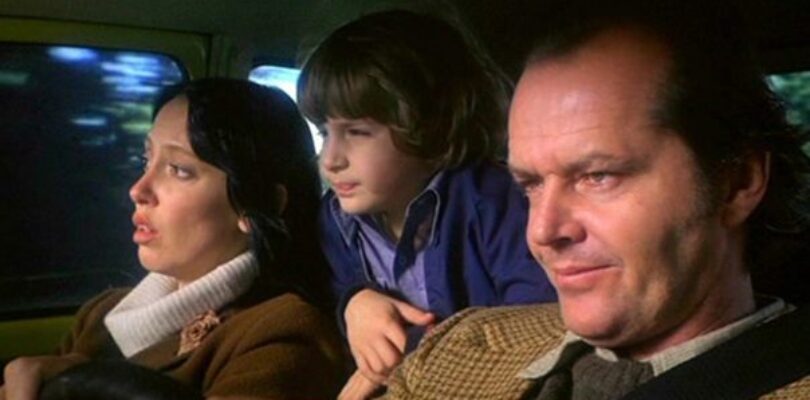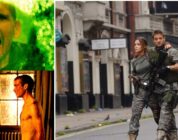For many, Stanley Kubrick’s The Shining is more than a horror film — it’s a cultural monument. Loosely adapted from Stephen King’s 1977 novel, the film blends psychological breakdown with supernatural menace, wrapped in Kubrick’s famously meticulous direction. In 2018, the Library of Congress cemented its status by selecting it for preservation in the National Film Registry, calling it “culturally, historically, or aesthetically significant.” That sounds like an understatement, right?
The Plot of The Shining: Isolation and Insanity in the Rockies
Jack Nicholson plays Jack Torrance, a struggling writer and recovering alcoholic who accepts a job as winter caretaker of the Overlook Hotel, a remote and sprawling lodge buried deep in the Colorado Rockies. He arrives with his wife Wendy (Shelley Duvall) and young son Danny (Danny Lloyd), who possesses a mysterious psychic ability called the shining — a gift that allows him to see the hotel’s horrifying past.
As snow traps them in the hotel, isolation takes hold and supernatural forces stir. Jack begins to unravel. Haunted hallways, ghostly bartenders, and cryptic messages build toward a violent climax, with Jack turning on his own family under the hotel’s sinister influence.
Themes That Linger
The Shining doesn’t rely on cheap scares. Its horror is rooted in something deeper: Isolation and madness. The film is a case study in psychological collapse. As winter deepens and isolation sets in, Jack’s descent isn’t sudden, but it feels inevitable. It’s the meeting of supernatural and the psychological. It’s pretty clear that ghosts are haunting the Overlook, but Jack may have been losing his mind anyway. Which is the biggest factor? Kubrick never answers that clearly — and that’s the point.
Family trauma is another key theme in The Shining. There are hints of domestic violence (though Jack swears it was an accident), substance abuse, and intergenerational fear simmering under the surface. There is also eternal evil; Time loops, recurring violence, and reincarnation are all strongly suggested. Evil isn’t just present — it’s permanent. We’re left to puzzle over why.
Iconic Moments Etched in Pop Culture
Kubrick crafted visuals that stay burned into the mind. Jack’s axe crashing through the bathroom door and him saying “Here’s Johnny!” has been quoted and parodied so many times. A tsunami of blood spilling from the elevator? An over-the-top fiendish delight! The Grady twins standing in the hallway beckoning Danny, “Come and play with us” = creepy as heck. Danny muttering “Redrum” in a trance? A bit gimmicky, but still awesome and memorable. Plus, the final chase scene in the maze transforms the story into a literal puzzle, with the prize being the intelligent Danny’s survival.
Each moment is as unforgettable as it is disturbing.

Kubrick’s Direction: Precision as Horror
Kubrick’s style is slow, controlled, and chilling. Long tracking shots follow Danny’s tricycle through sterile halls. The camera moves sideways, peering around corners like a predator. The symmetry is claustrophobic. The soundtrack is minimal but loaded with dread.
This is horror not through chaos, but control.
Book vs. Film: Two Very Different Jacks
Stephen King famously hated Kubrick’s adaptation. He argued that the film stripped out the emotional core of his novel — especially Jack’s more human, more gradual fall. It’s said that, in the book, Jack is a man trying to be better who gets overwhelmed by dark forces. In the film, Nicholson’s Jack feels unstable from the jump. It’s a colder, bleaker vision.

A Legacy That Won’t Die
At its release, The Shining wasn’t universally loved. Critics were divided. Over time, that more noticeably changed. Today, it’s considered one of the greatest horror films ever made. Granted, every movie, TV show, or musical artist still has its haters, but people probably love this movie as much as ever.
It’s also a magnet for interpretation. Fans and scholars have poured over it for hidden meanings, conspiracy theories, and visual metaphors. The documentary Room 237 explores just how deep that rabbit hole goes. Is the film about the genocide of Native Americans? A metaphor for the Holocaust? A confession about faking the moon landing? Or is it true that, as Freud might say, sometimes a cigar is just a cigar? We know Kubrick had some messages in his movies, but how often are people seeing things that aren’t there (sort of like Jack and his family at the Overlook).
The Shining is a film that grows darker the longer you stare at it. Want to go deeper — just watch it some more. Let it seep into you.





